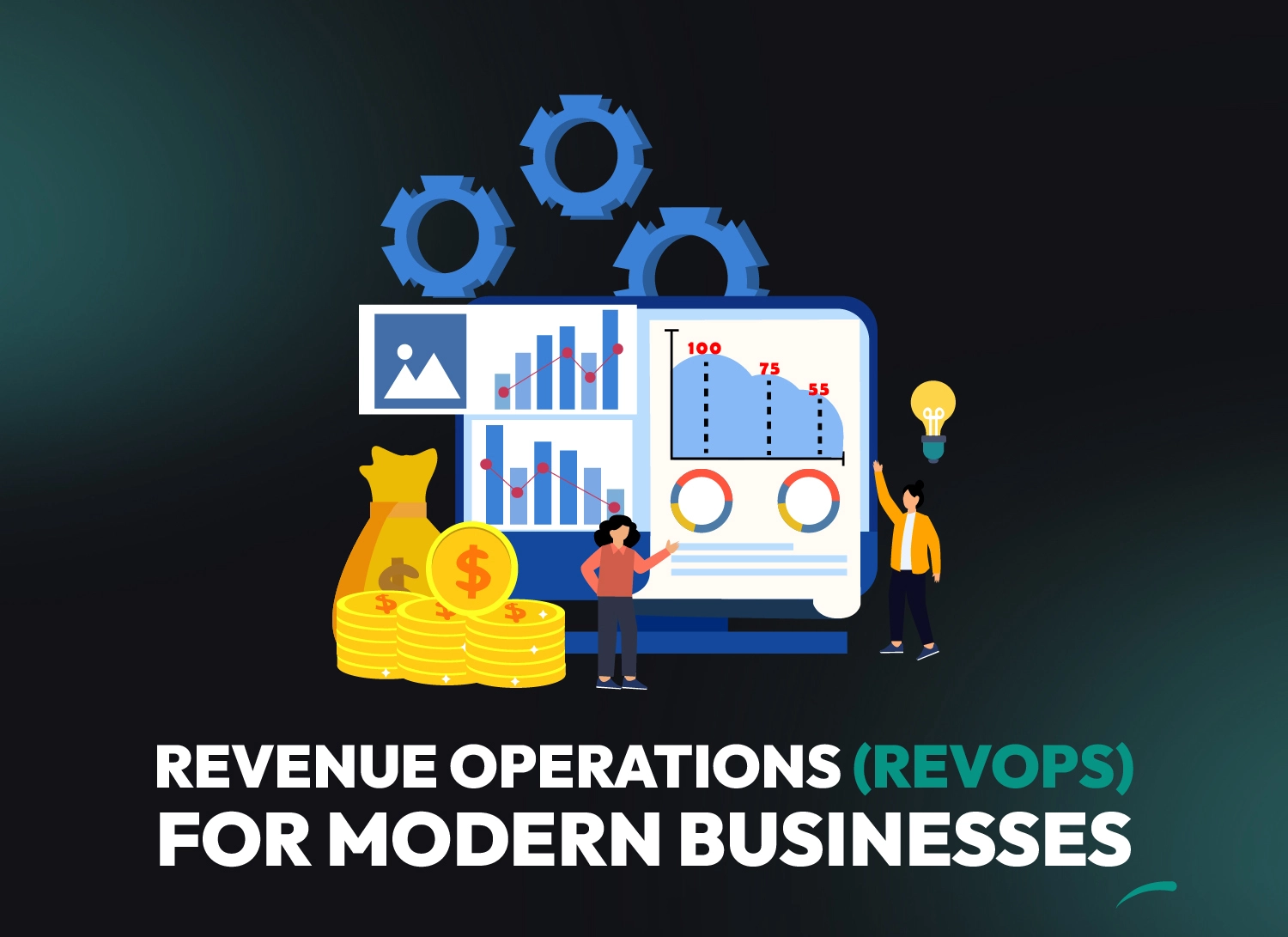It was not possible for businesses to properly collect and analyze data before the 20th century. In 1970, decision support systems were introduced in business. Decision support systems can analyze one department at a time. In 1980, executive information systems were introduced. The executive information system can effectively summarize ongoing transaction within an organization. By 1990, business intelligence improved with the introduction of computer technologies. Customer relationship management also improved. Advanced management techniques combined with new technology improved the planning, reporting and analysis in business. These new developments gave rise to an integrated methodology known as corporate performance management. Corporate business management is a holistic approach in strategic planning.
The concept of corporate performance management was introduced in 2001 by Gartner research. Corporate performance management (CPM) is also known as business performance management. This describes the process, methodologies, metrics and systems needed to manage the performance of an organization. The main characteristics of corporate performance management include complete integration, automating data processing, support of collaboration, analytical insight and focusing on exceptions.
The three levels of corporate performance management are client, application and data levels. The important steps in corporate performance management are strategic planning, scorecarding, budgeting, forecasting, consolidation and business intelligence.
While strategic planning is the basic requirement of any business, the objective of scorecarding is to examine performance related to strategic planning. Corporate performance management uses metrics to assess the present state of the business. Metric related data is consistent and correct. Corporate performance management speeds up the budget and forecasting process, improving accuracy and providing auditable budgets. The forecasting ability helps the business to take appropriate action in keeping with the occasion. Consolidation is an important component in CPM. Financials depend upon the consolidation process. Business intelligence refers to turning data into information. This information is used in decision making.

























